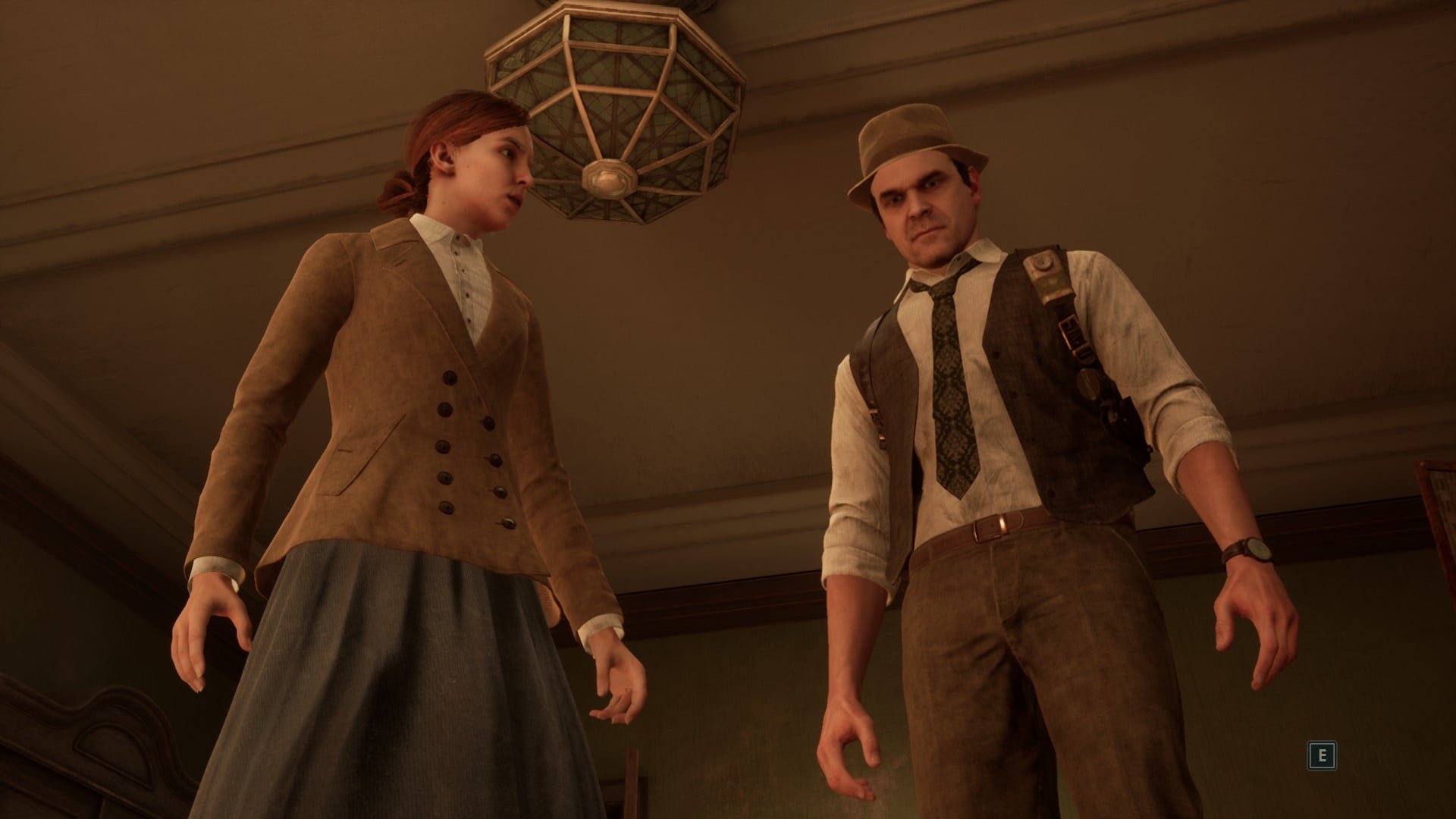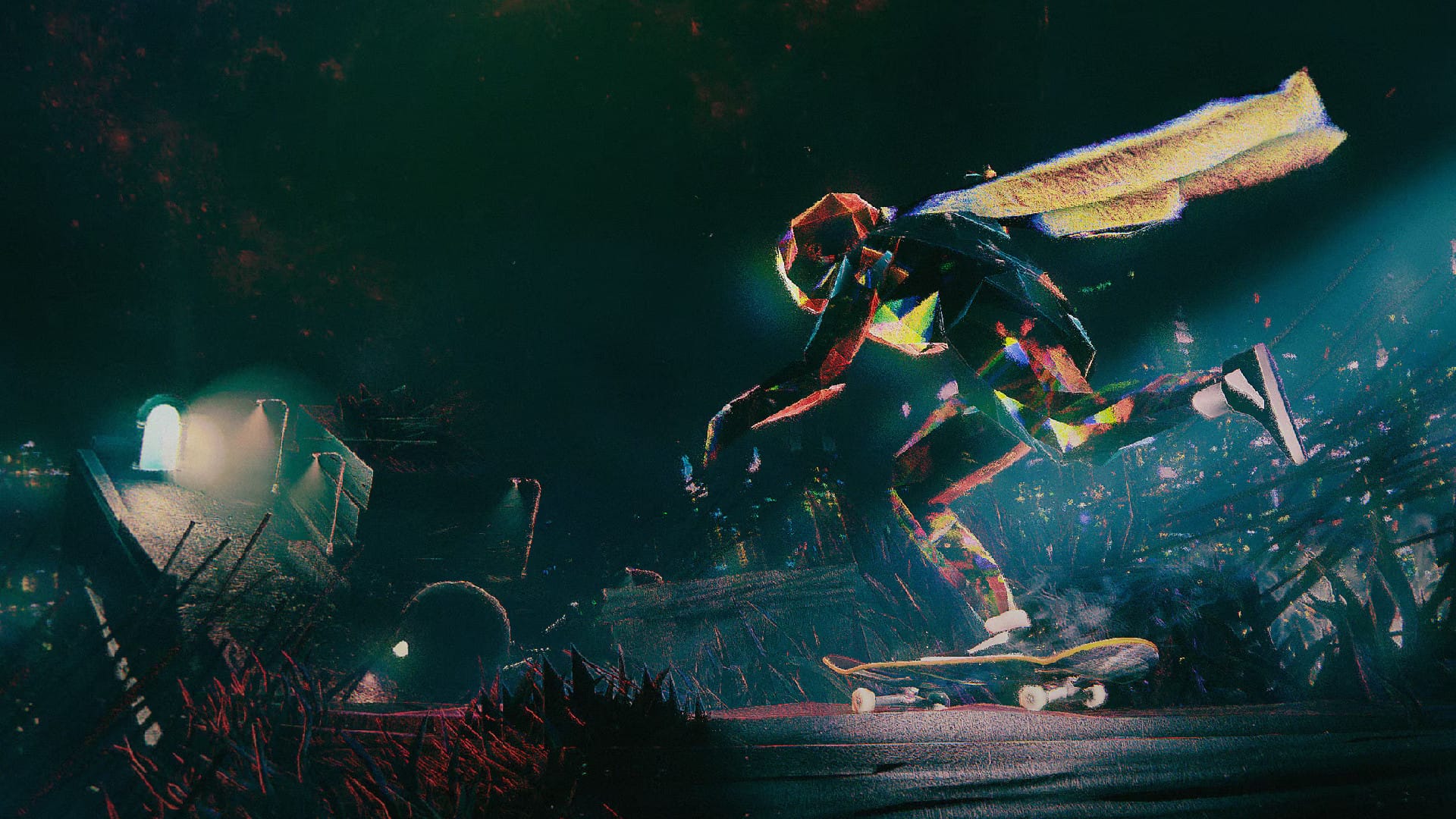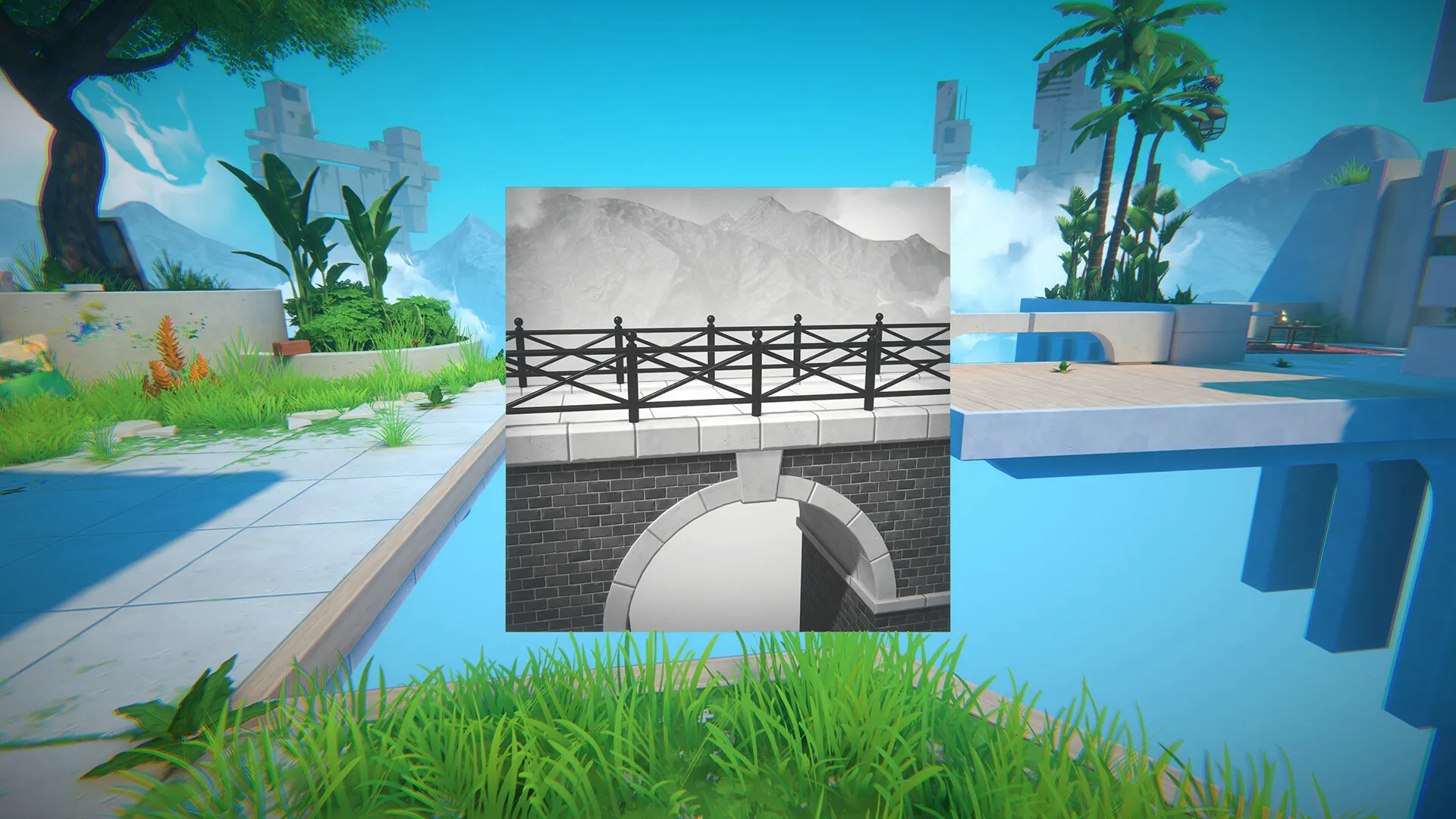Years before Resident Evil, before the survival horror genre had even been invented, there was Alone in the Dark. Released by original Infogrames in 1992, the game was a groundbreaking, partially 3D exploration-horror experience in an era when this was still a novelty. The characters and monsters were 3D animated, but the backgrounds were essentially flat images. This necessitated the use of fixed-camera angles, forcing the navigation of the environment using tank controls.
The game was a unique mix of puzzle-solving and combat, combined with careful resource management, as it was notoriously stingy with healing items. Likewise the learning curve was very challenging, with a variety of unforgiving and unavoidable traps or encounters, such as deadly books containing curses.
32 years later, we have a remake of Alone in the Dark, coming from Pieces Interactive (developers of Magicka 2), a subdivision of THQ Nordic, after Atari sold the franchise in 2018. Alone in the Dark is very much a remake in the vein of Resident Evil 2 and 3 from Capcom, from 2019 and 2020. It takes the skeleton of the original game, but hangs an extremely different experience upon it.
Alone in the Dark is set in 1920s Louisiana, not far from New Orleans. You play as either private investigator Edward Carnby (performed by Stranger Things actor David Harbour in this remake) or Emily Hartwood (played by Killing Eve star Jodie Comer), who hired Carnby to help investigate the disappearance of her uncle Jeremy Hartwood from Derceto Manor; a large crumbling mansion in the swamps serving as a convalescence sanitarium. It doesn’t take long before they realize something is very wrong at Derceto, suddenly being pulled into alternative worlds and having to fight shambling monsters, and eventually other Lovecraftian horrors.
This is a “spiritual successor” remake of the original game, unlike something more faithful such as last year’s System Shock. The fixed camera angles are gone, replaced by a traditional over-the-shoulder view. The tank controls are also thankfully excised, replaced with more standard options. Combat has also been made more similar to Resident Evil 2, reducing the reliance on melee and generally making it much more responsive. The design of the Derceto mansion has been radically altered from the original, as has the storyline. However, the central survival horror elements have been retained and enhanced, such as only being able to hold a limited number of bullets at a time.
Gameplay involves exploring the Derceto mansion, finding clues to the story and solving some puzzles, interspersed with more combat-heavy sections which are usually set in an alternative world, where the player-character is transported. The map helpfully updates in real time to show you locked doors or items of interest, and the inventory menu allows you to browse all the clues you’ve collected. Every collectible also features fully voiced descriptions or narrations, which was very welcome.
The puzzles aren’t too taxing and the standard difficulty will signpost what to do, while hard difficulty can make it so you need to solve the puzzle without any hints. The voice acting from the entire cast is strong although there is some inconsistency in the audio quality, with at least one instance I noticed of an actor being too close to the microphone, which caused clipping. Harbour and Comer are enjoyable in the lead roles though, certainly giving the characters a lot more personality than they originally had (although I was sad that Carnby is not wearing his trademark green suit and bow-tie).
The combat and shooting are generally proficient, with even the standard handgun feeling weighty when fired, although the incredibly small number of bullets you can hold means you’ll always be thinking carefully about whether it’s sensible to shoot unless necessary. You can either do a light or a heavy melee attack, which predominantly affects the speed of the animation, with heavy of course doing more damage. There are also some stealth sequences which aren’t too taxing and don’t result in instant failure should you alert enemies.
Graphically the game is broadly impressive, with some nice lighting, while the character models on Edward and Emily look pretty good, the developers deciding to redesign both characters to make them look like their voice actors David Harbour and Jodie Comer. Likewise there are some fun extras which come with the Deluxe Edition like a developer commentary, or the option to play through the game using the original 1992 character models. However it’s clear Alone in the Dark didn’t have the kind of budget Resident Evil 2 enjoyed for its remake, and consequently the game does look a little “last-gen” in places; a little less polished or refined, which is perhaps fitting in a way.

There are unfortunately some technical issues which are worth flagging. Sadly, the game is afflicted with serious shader compilation stutter on PC, and since there is no pre-compiling option, there is no way to alleviate this except for playing through the game and suffering through the stutter. Some of the stuttering is so severe, the game can essentially freeze for a few seconds. In 2024 this is frankly unforgivable and must be addressed in a future patch. The framerate can also sometimes struggle a bit, even with options like DLSS enabled.
Alone in the Dark is a slightly more campy form of horror compared to Resident Evil, with its focus on occult magic and otherworldly monsters over evil megacorporations unleashing deadly bioweapons. The performances and story of this remake kept me engaged, but weren’t groundbreaking. That said the atmosphere was strong throughout and included a number of moments which felt genuinely unnerving, although nothing as terrifying as Resident Evil Village for example. As a tribute to its original namesake, Alone in the Dark certainly lives up to being the best game in the franchise since The New Nightmare in 2001.







